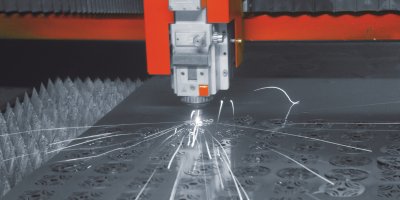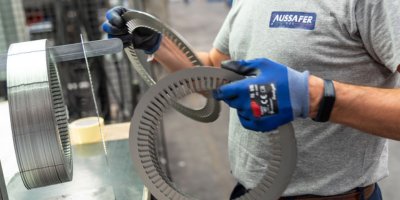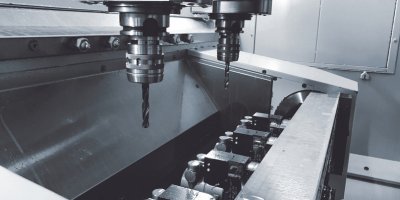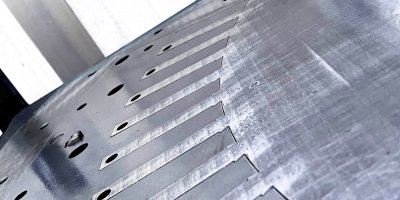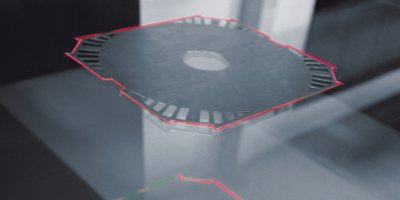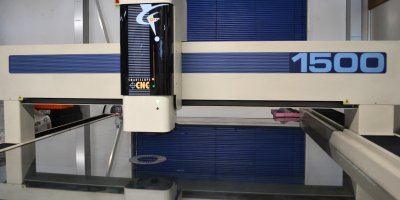The stacking of laser-cut laminations is a critical and fundamentally important step in assembling the laminations of electric motors and generators.
Bonding (BACKLACK)
This method involves using insulated material with a special epoxy resin (BACKLACK), which, when subjected to an external heat source, drastically reduces its viscosity until it melts. As it cools, the resin's viscosity stabilizes again, ensuring high adhesiveness and high resistance to various types of external agents.
Advantages of bonding:
- More flexible core shape design, ensuring more efficient electric motors
- Bonding covers the entire lamination surface, ensuring high stability, low vibration, high resistance, and thermal conductivity
- No thermal shocks from welding, so the magnetic properties of the laminations are not altered
- High stacking factors
Traditional Welding
With this packaging method, the laminations are stacked and pressed and then welded on the outside with a TIG welder, creating weld beads along the entire height of the stack.
Advantages of TIG welding:
- Strength of the weld beads
- Easy applicability
- Cost-effective process suitable for industrial applications
Laser Welding
Compared to traditional welding, laser welding allows for better process control and significantly higher quality because it is possible to control the width, depth, and shape of the weld bead.
Advantages of laser welding:
- Process control: bead shape, depth, and width easily manageable
- Low thermal shock compared to traditional welding because the laser beam is much smaller and more precise than the TIG arc
- No deformations of stator and rotor cores
- No need for weld cavities


